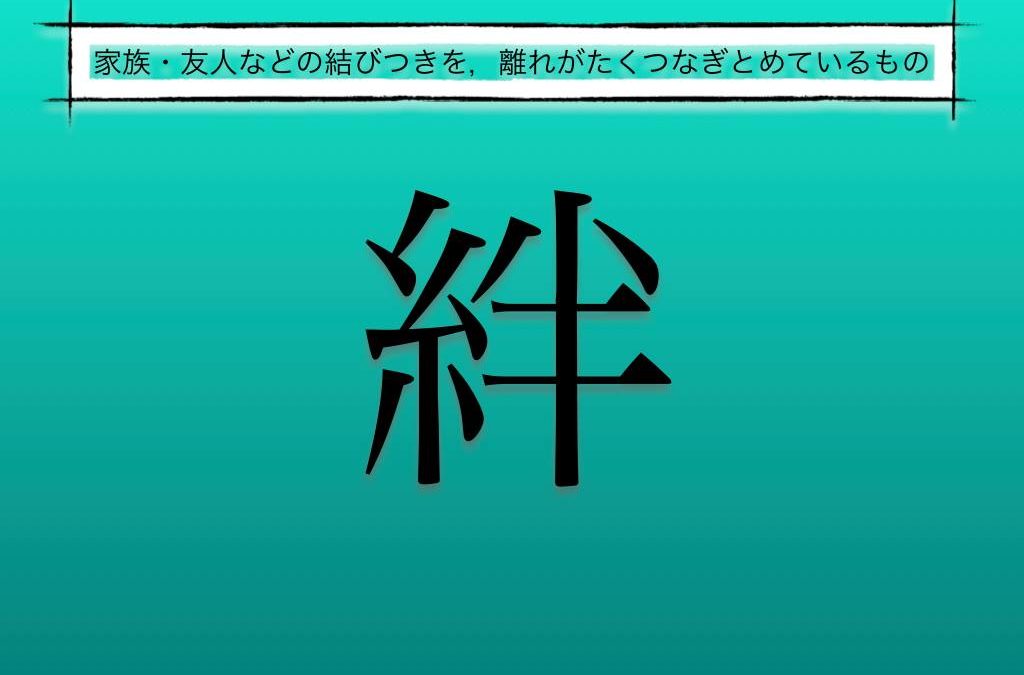
The beauty of kizuna (絆)
The beauty of kizuna (絆)
The beauty of kizuna (絆)
I believe this to be one of the most important concepts the Japanese continue to subconsciously practice throughout their lives; it’s in their DNA.
No way to express this in English, as, likely many other things Japanese, it remains unexplainable to the Western mindset, as it is not a concept which can manifested itself in the aural world.
One could say that kizuna is a feeling of connectedness and bonding.
This is something the Japanese understand without verbalizing. This is something in their own psychology, where the Japanese may not be able to put their finger on it, but is something that is there, somewhere in the Japanese “air”.
Interestingly enough, the term “air” or “kuuki” is used in a part of a not-so-endearing phrase about someone who is absolutely clueless.
“Kuki ga yomenai”, or one who can not read the “air”.
We can see this reflected in the fundamental difference between Western Society and the Japanese Way.
The Western-mind being more along the lines of “individualism” as opposed to the Japanese mindset of being “group” oriented.
The direct translation of kizuna into English and give one a reference point would be:
Bond (between people)
Emotional
Relationship
Connection
Ask one’s Japanese friend “What is kizuna?”, and you are in for an interesting conversation as this simply can not be explained in words but must be understood from within.
PS: This concept is so important it ideogram appears in the Land Of The Rising Son logo.
Can you see 絆?
![]()

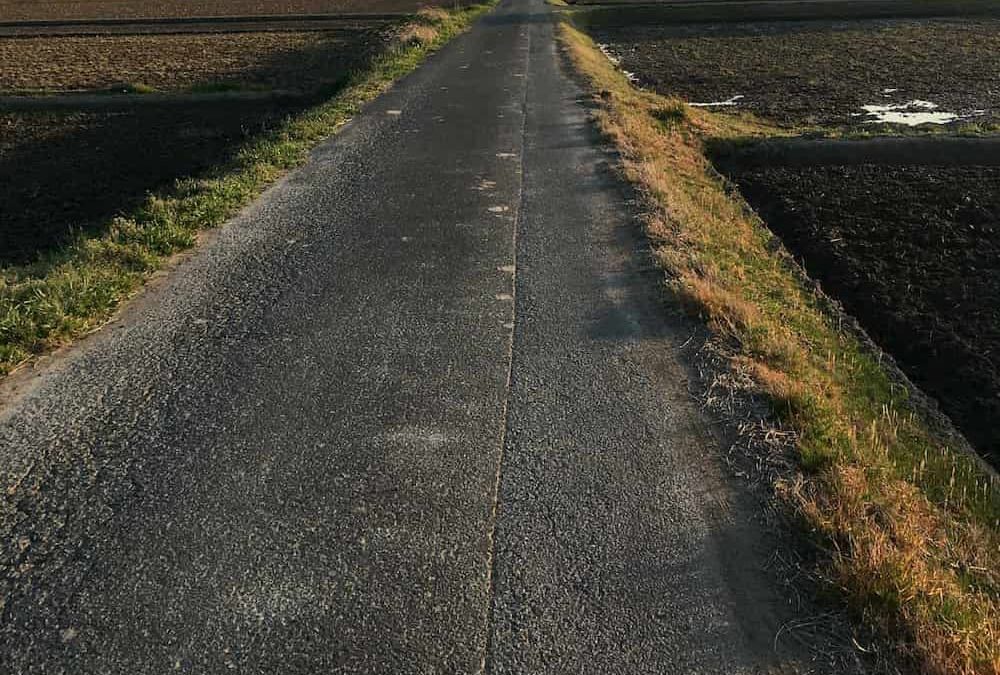

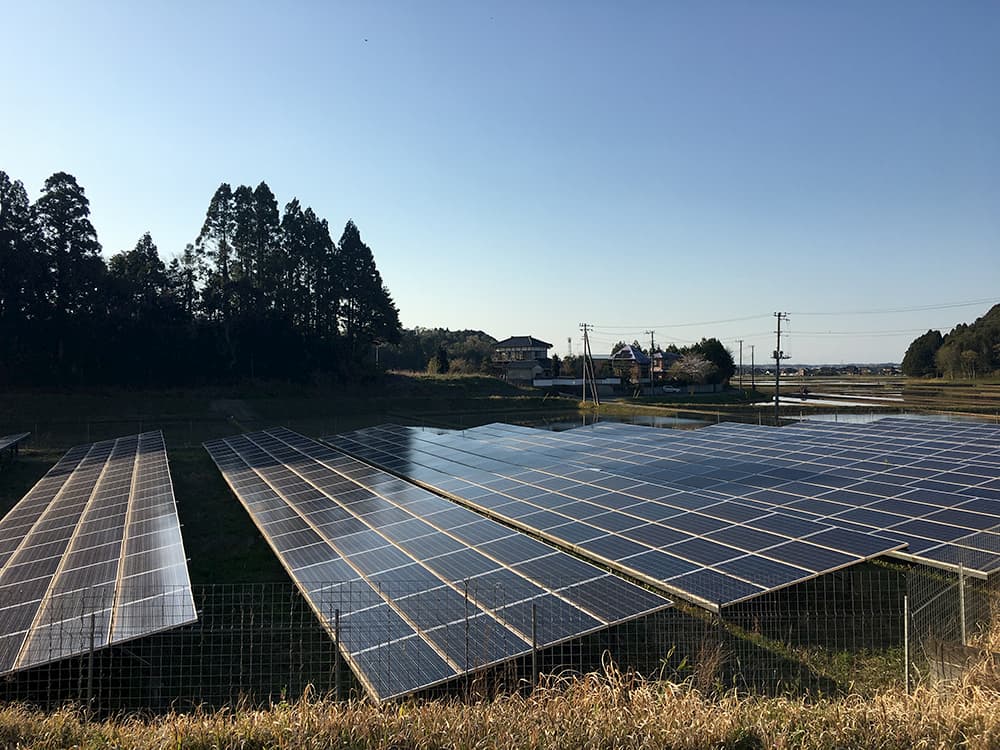























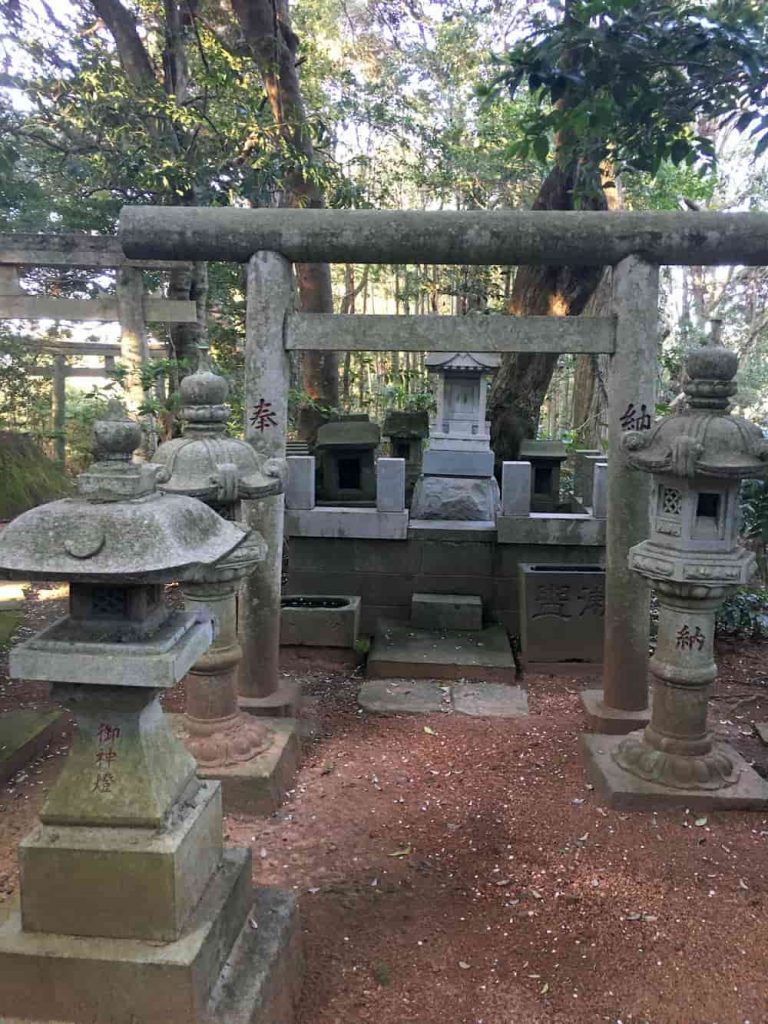














 She started this quirky journey as a stone artist in 2011, while taking a walk along a river bank, she came upon a particular stone that looked like a rabbit.
She started this quirky journey as a stone artist in 2011, while taking a walk along a river bank, she came upon a particular stone that looked like a rabbit.  In true Japanese spirit, she is inspired by the natural shapes of each stone and chooses ones she believes already have their own destined characters.
In true Japanese spirit, she is inspired by the natural shapes of each stone and chooses ones she believes already have their own destined characters.  She continues on, “To me, completing a piece of work is not about how much detail I draw, but whether I feel the life in the stone.” As you view these magnificent pieces, you can understand what the word “Mastery” means.
She continues on, “To me, completing a piece of work is not about how much detail I draw, but whether I feel the life in the stone.” As you view these magnificent pieces, you can understand what the word “Mastery” means. 

 Currently she lives in Sayama Saitama.
Currently she lives in Sayama Saitama. 







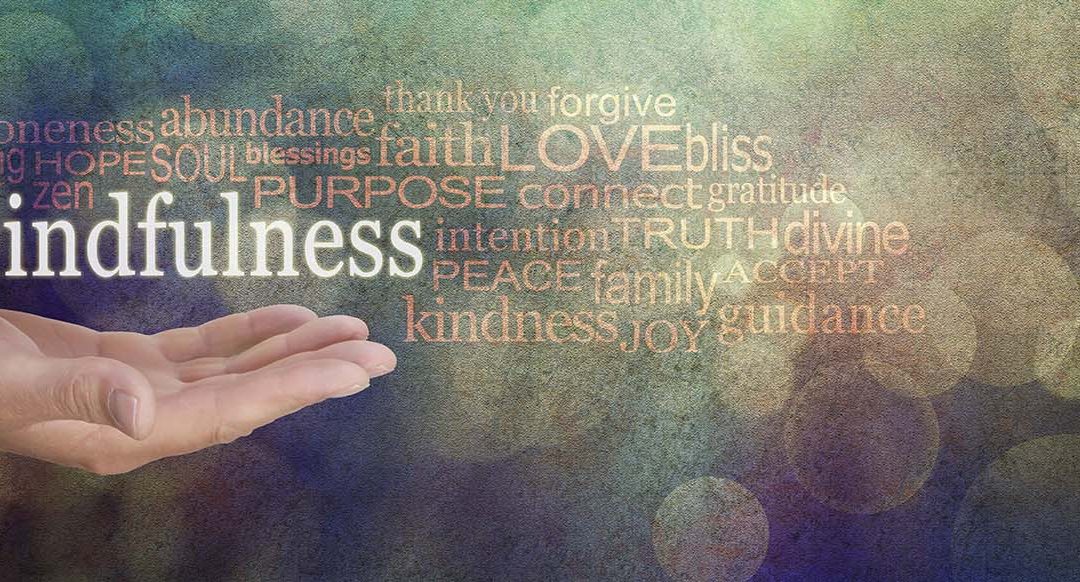



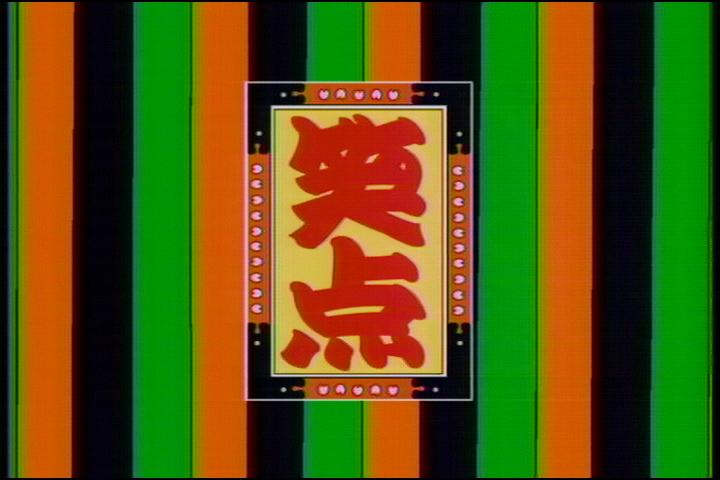




Recent Comments